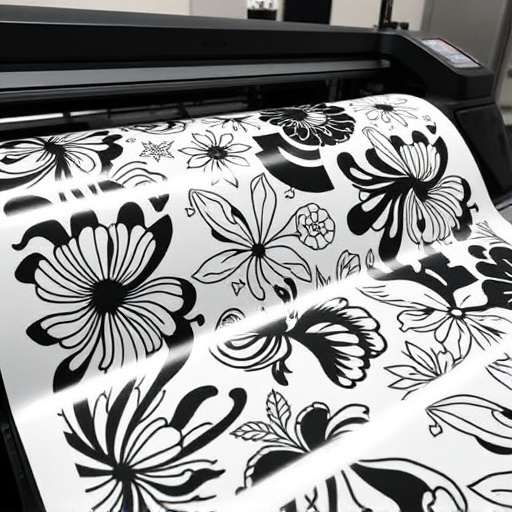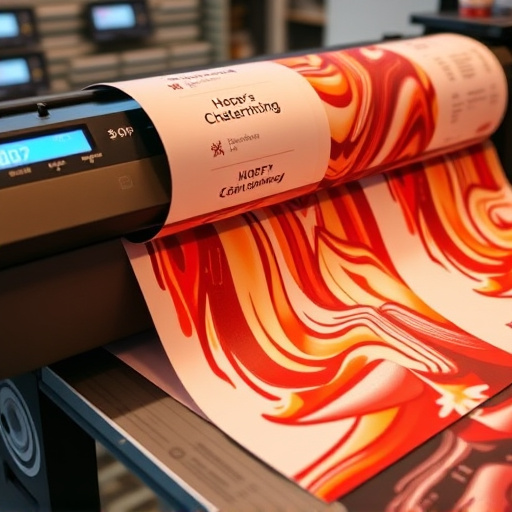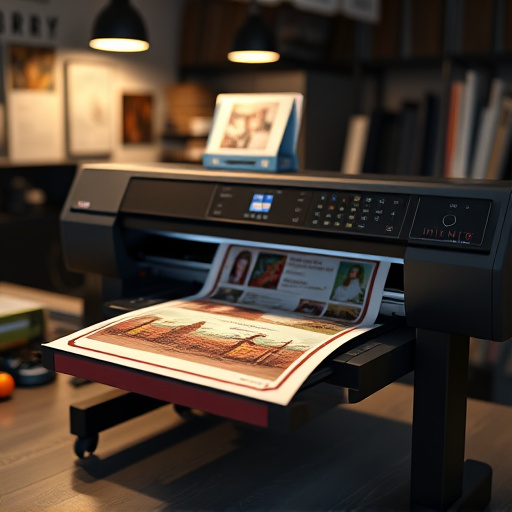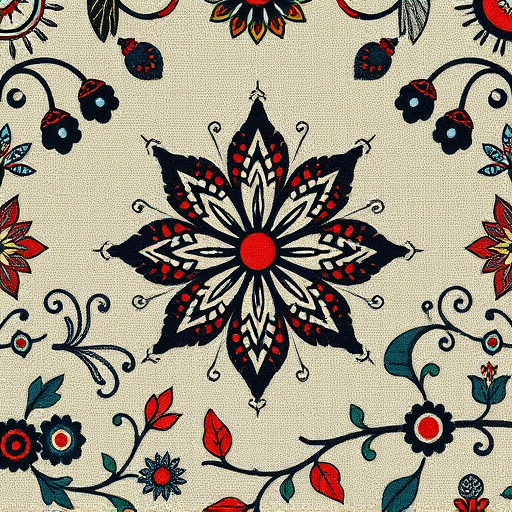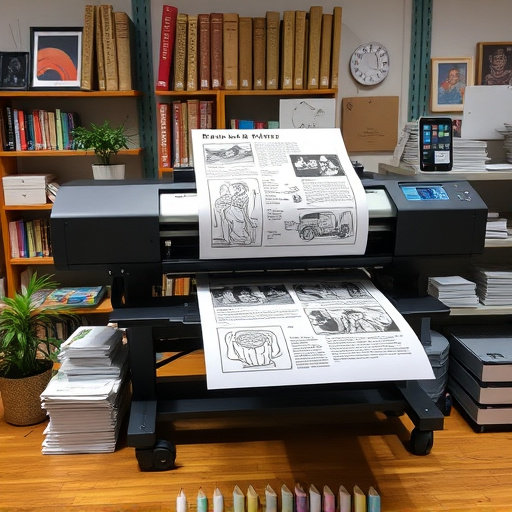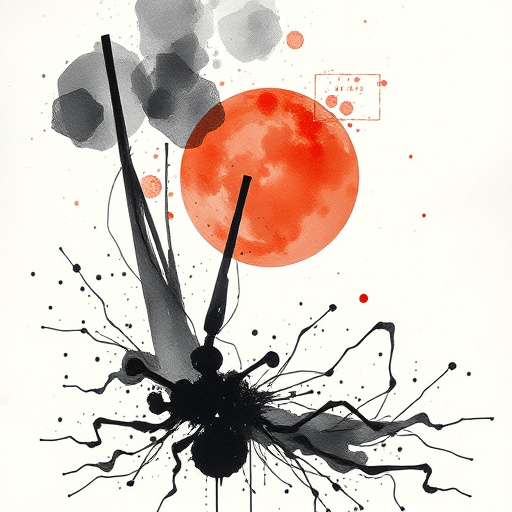The Digital Transfer Film (DTF) market is booming due to its ability to revolutionize garment customization and design flexibility, offering unparalleled speed and precision in prototyping and printing custom garments like T-shirts and hoodies. DTF's standout advantages include breaking traditional barriers in garment decoration, enabling swift transformation of intricate concepts, and staying ahead of dynamic DTF Market Trends through innovative solutions for custom apparel production.
The dynamic DTF (Direct-To-Fabrication) market is reshaping manufacturing with its focus on speed, design flexibility, and rapid iteration. This article explores how DTF technologies are revolutionizing production processes through three key aspects: rapid prototyping, design freedom, and flexible production. By leveraging these advantages, manufacturers can meet the evolving demands of modern markets more effectively, solidifying DTF as a game-changer in the industry landscape. Dive into this insightful analysis to uncover the trends defining the future of manufacturing.
- Rapid Prototyping: DTF's Speed Advantage
- Design Freedom: Breaking Traditional Barriers
- Flexibility in Production: Adapting to Demand
Rapid Prototyping: DTF's Speed Advantage
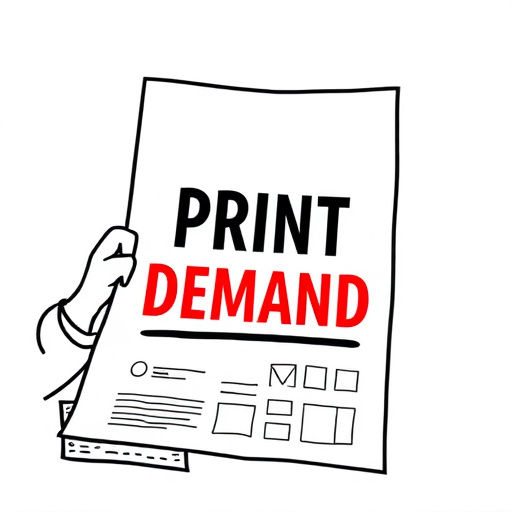
The Digital Transfer Film (DTF) market is experiencing a surge in demand due to its unique ability to revolutionize garment customization and design flexibility. One of the key advantages that sets DTF apart from traditional printing methods is its rapid prototyping capability, which has captured the attention of businesses and entrepreneurs alike. With DTF, creating custom designs for garments becomes an efficient and timely process.
This technology enables printers to quickly produce custom sheets for heat pressing designs onto various fabrics, allowing for a swift turnaround from concept to finished product. The speed advantage of DTF is particularly appealing in today’s fast-paced fashion industry, where trends change rapidly and consumers demand immediate access to unique, personalized items. Whether it’s designing and printing custom T-shirts, hoodies, or accessories, DTF transfers offer a level of agility that traditional methods simply cannot match, making it a game-changer in the market trends for customization.
Design Freedom: Breaking Traditional Barriers
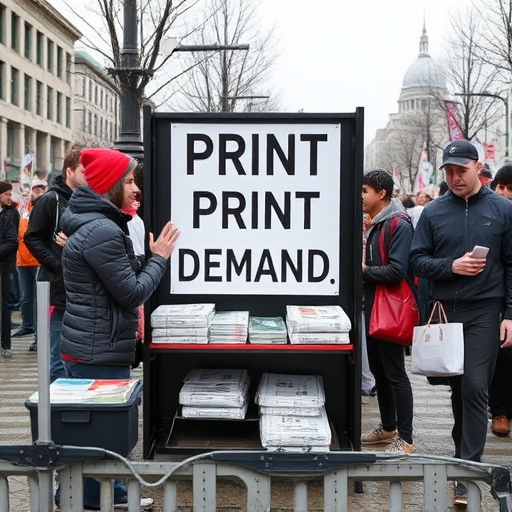
In today’s dynamic DTF Market Trends, design freedom is no longer a luxury but a necessity. The traditional barriers that once constrained creative expression in garment decoration are being broken down, enabling designers and manufacturers to embrace speed and flexibility. This shift is particularly evident in the growing adoption of dtf printing technologies, which offer unparalleled precision and efficiency in creating custom designs. With cold peel dtf transfers, for instance, professionals can swiftly transform intricate concepts into tangible products, catering to the diverse and ever-changing demands of the market.
Furthermore, the availability of custom sheets for heat pressing designs onto garments plays a pivotal role in this evolution. These specialized materials allow for a seamless integration of art and apparel, empowering creators to push boundaries and deliver standout pieces. By harnessing these innovative solutions, businesses can stay ahead of the curve, ensuring their offerings remain fresh, appealing, and uniquely tailored to contemporary aesthetics.
Flexibility in Production: Adapting to Demand

The DTF Market Trends highlight a significant shift towards flexibility and speed in production, especially within the custom apparel industry. One key aspect driving this transformation is the ability to adapt quickly to ever-changing market demands. With digital technologies at the forefront, manufacturers can now seamlessly transition from one design to another, enabling them to cater to diverse customer preferences without incurring substantial setup costs.
This adaptability is particularly beneficial for businesses offering DTF for Custom graphic tees and other DTF printing for t-shirts services. By leveraging a dtf printer, they can promptly fulfill unique order requests, ensuring that their production process remains efficient and cost-effective. This agility in production has become a competitive advantage, allowing businesses to stay ahead in the dynamic market landscape.
The dynamic DTF market trends highlight a significant shift towards rapid, flexible, and design-centric manufacturing. By leveraging advanced technologies, manufacturers are embracing speed and creativity, enabling them to adapt swiftly to evolving consumer demands. This paradigm shift promises to revolutionize production processes, offering greater freedom and efficiency in an increasingly competitive global marketplace.








